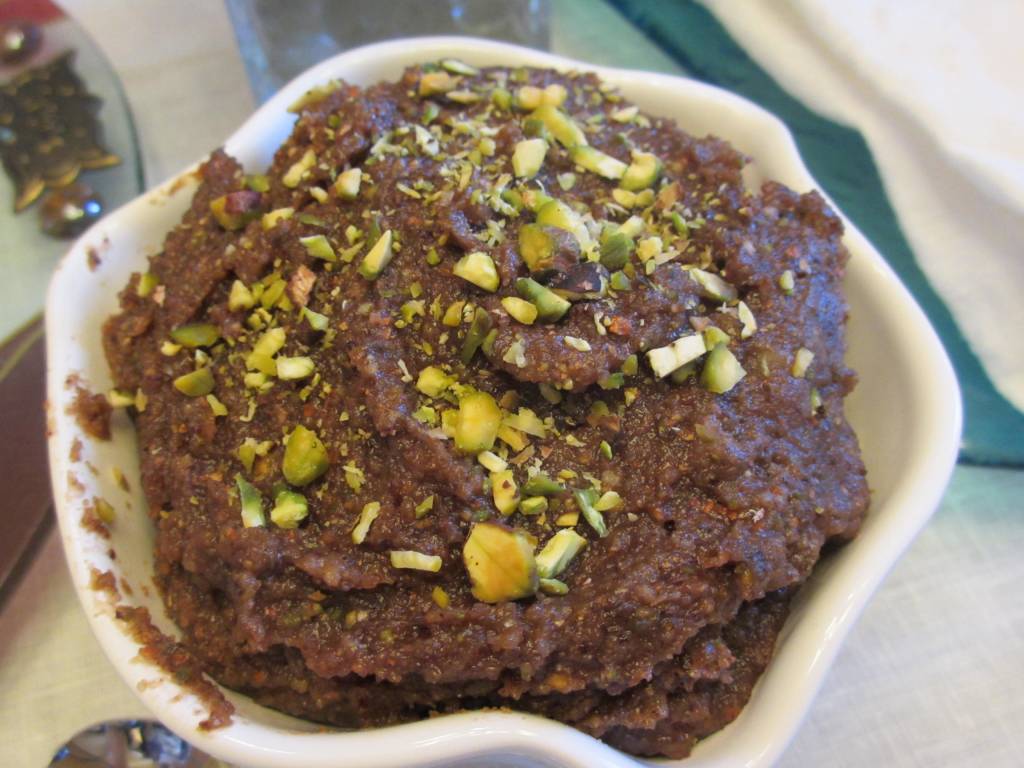Happy Passover!
Last night was the first night of Passover, and my husband and I hosted several of our friends to a laid-back Seder. During the Seder we retell the story of Passover, which essentially goes something like this, in a very brief nutshell: The Hebrews migrated to Egypt during a time of famine in search of food, and when the Pharoah died, the new Pharoah enslaved them all out of fear. He ordered that all male babies be murdered, but Moses’ family ensured that he survived and eventually floated him down the river in a basket and into the arms of the Pharoah’s daughter, who raised him as her own in the palace. Moses knew he was a Hebrew, and each time he saw an enslaved fellow Hebrew maltreated he grew increasingly upset. Eventually the Lord, under the cover of the burning bush, told Moses he would be the one to stand up to the Pharoah and demand the Israelites be freed. Moses, despite vast reservations, brought his brother Aaron with him first to the Hebrews to garner their support and convince them that he had been chosen to free them, and then to stand before the Pharoah. Ten times before the Pharoah Moses demanded, “Let my people go!” Each time, the Pharoah refused, unleashing a new plague onto the Egyptian people: darkness spread over Egypt, waters turned to blood, frogs overran the land, bugs took to the fields and then locusts ate the crops, cattle became ill, hail and fire fell from the sky, Egyptians’ bodies were covered first with lice and then in boils, and eventually death of the first born, including flock animals. Except for the Israelites: They were prepared, smearing sacrificial blood over their doorposts so that the Angel of Death “passed over” their houses. This last plague convinced the Pharoah that he no longer had a choice in freeing the Israelites, and so as soon as he had declared them free the Hebrews left immediately, quickly baking their bread dough and taking very little else with them. (In their haste the bread had to be baked without fermentation, causing it to be cracker-like, and so we eat matzoh, an unleavened bread.) They made it as far as the Red Sea when they found themselves being chased by the Pharoah’s army; evidently he had changed his mind after all. The Sea miraculously parted, allowing for the Hebrews to cross while drowning the Pharoah and his army. Moses and the Israelites then found their way to the desert, where they wandered for 40 years. Eventually Moses received the 10 commandments and the people made it out of the dessert.
Passover is a holiday filled with the celebrations of freedom and springtime, while also making time to think about more global social issues: What does it mean to be free? Where does slavery still exist? What do we take for granted?

